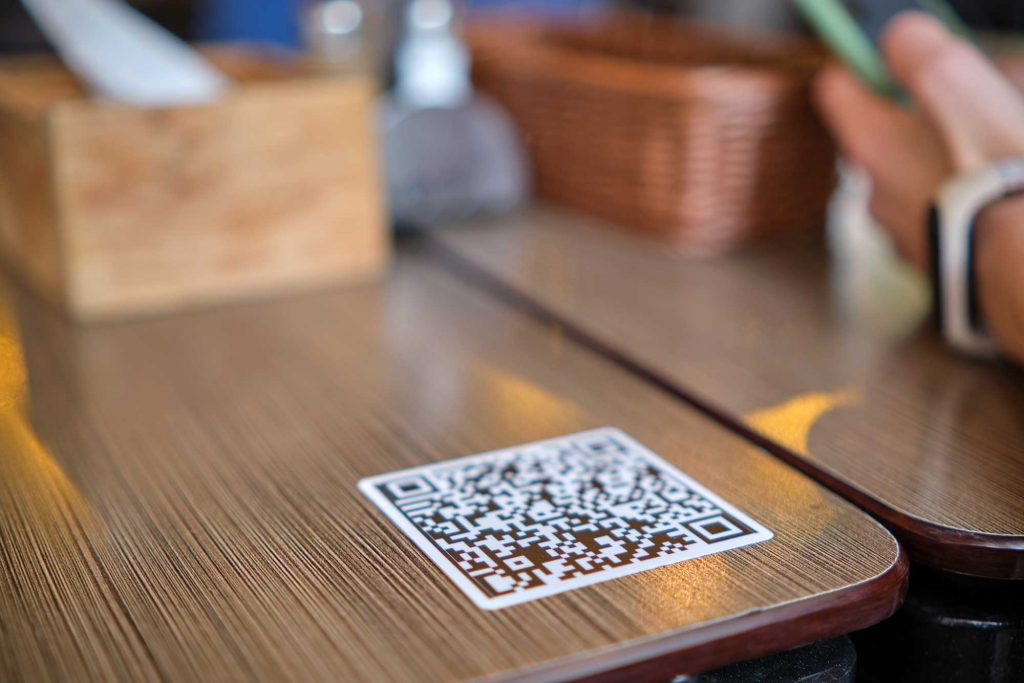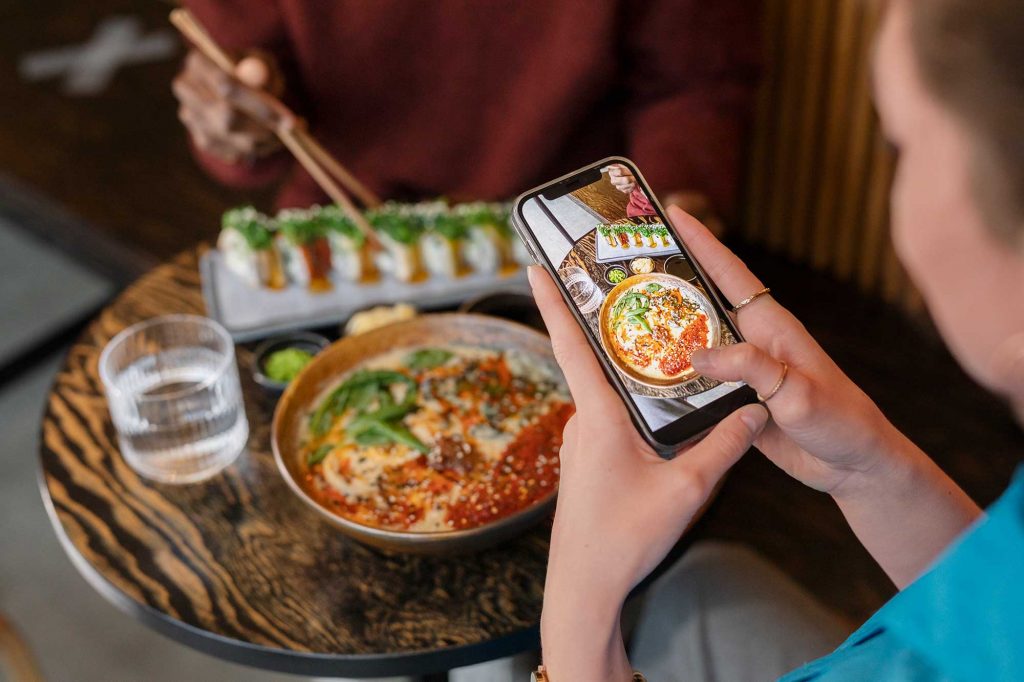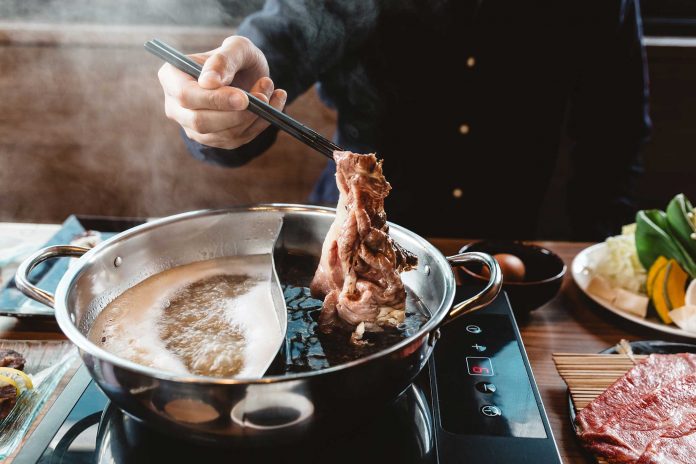In Kunming, Yunnan Province, a seemingly innocent social media post turned into a costly nightmare for a woman named Wang and her friends. Enjoying a hot pot dinner at a popular restaurant, Wang shared a photo of their meal online, unknowingly exposing the QR code for ordering, which was prominently displayed on their table.

Little did she know that this would lead to a series of malicious orders, accumulating in a staggering total of over 430,000 yuan ($60,000).
Even after Wang realised the unintentional exposure and promptly deleted the post, the fraudulent orders continued to pour in. In response, the restaurant staff had to assign Wang and her friends to a new table to separate legitimate orders from the fake ones.
Wang’s food photo, posted on her WeChat Moments page, attracted scans from people who began placing numerous food orders.
The restaurant staff, confirming an exorbitant 430,000-yuan bill for Wang’s table, highlighted absurd orders, including 1,850 portions of fresh duck blood, 2,580 portions of squid, and 9,990 portions of shrimp paste, each priced at a few dozen yuan.
The restaurant, unable to track down the culprits behind the fake orders, opted not to make Wang pay the bill as the orders hadn’t been processed.

With the rise of social media platforms, sharing photos of food from restaurants has become a cultural phenomenon, with many individuals considering it a way to discover new restaurants, and even contribute to online communities centred around food and dining.
In response to the incident, the hot pot restaurant adjusted its ordering system, implementing restrictions on the distance from which orders can be placed to prevent similar occurrences in the future.
Wang, considering it a learning experience, called for increased awareness, illustrating the risks associated with the convenience of QR codes.
Related article: QR codes are everywhere, but what’s the meaning of “QR” in QR code?






